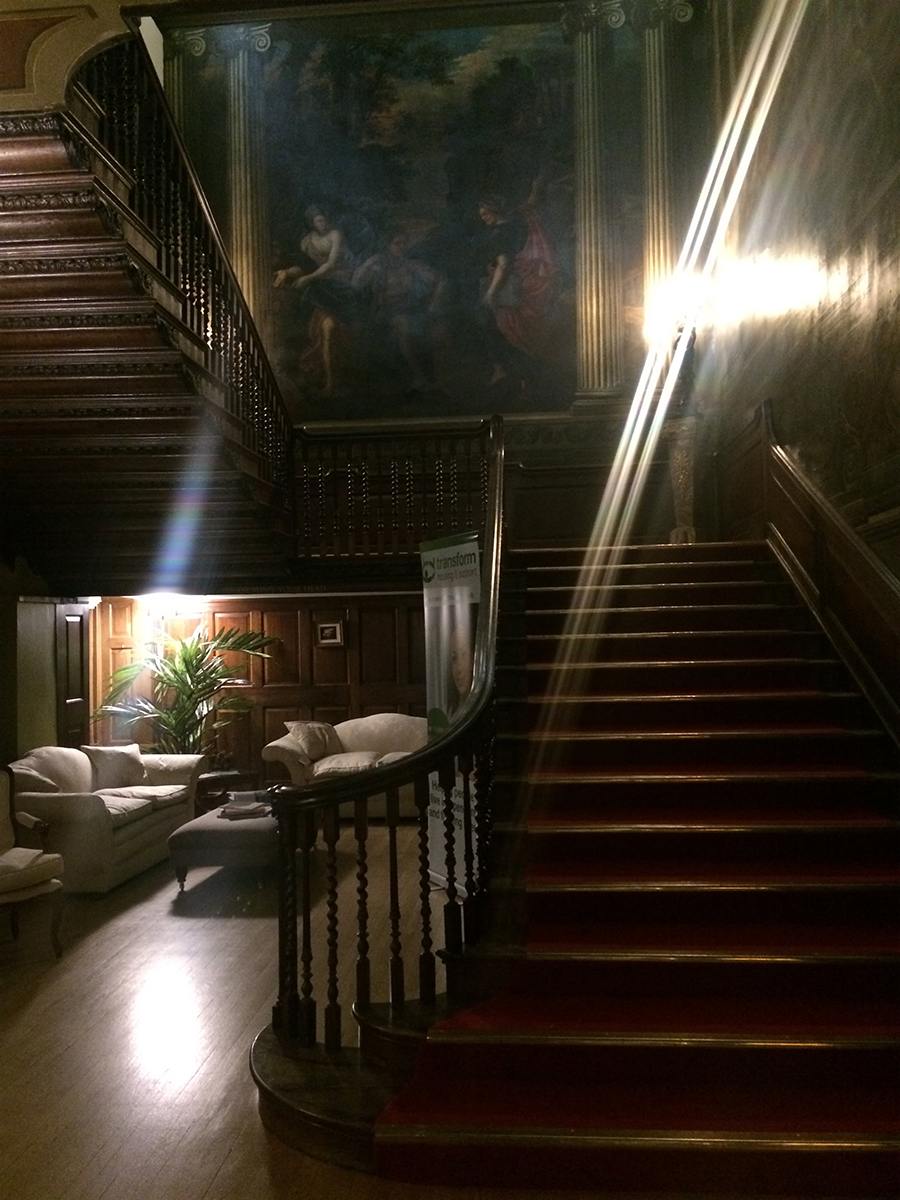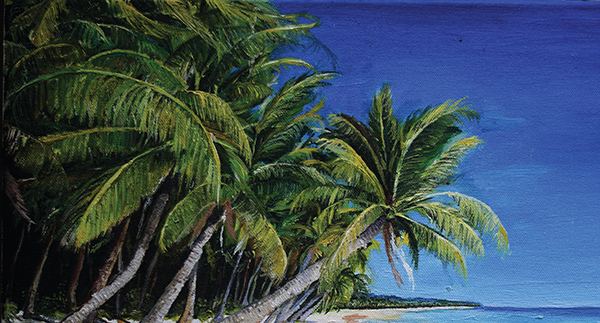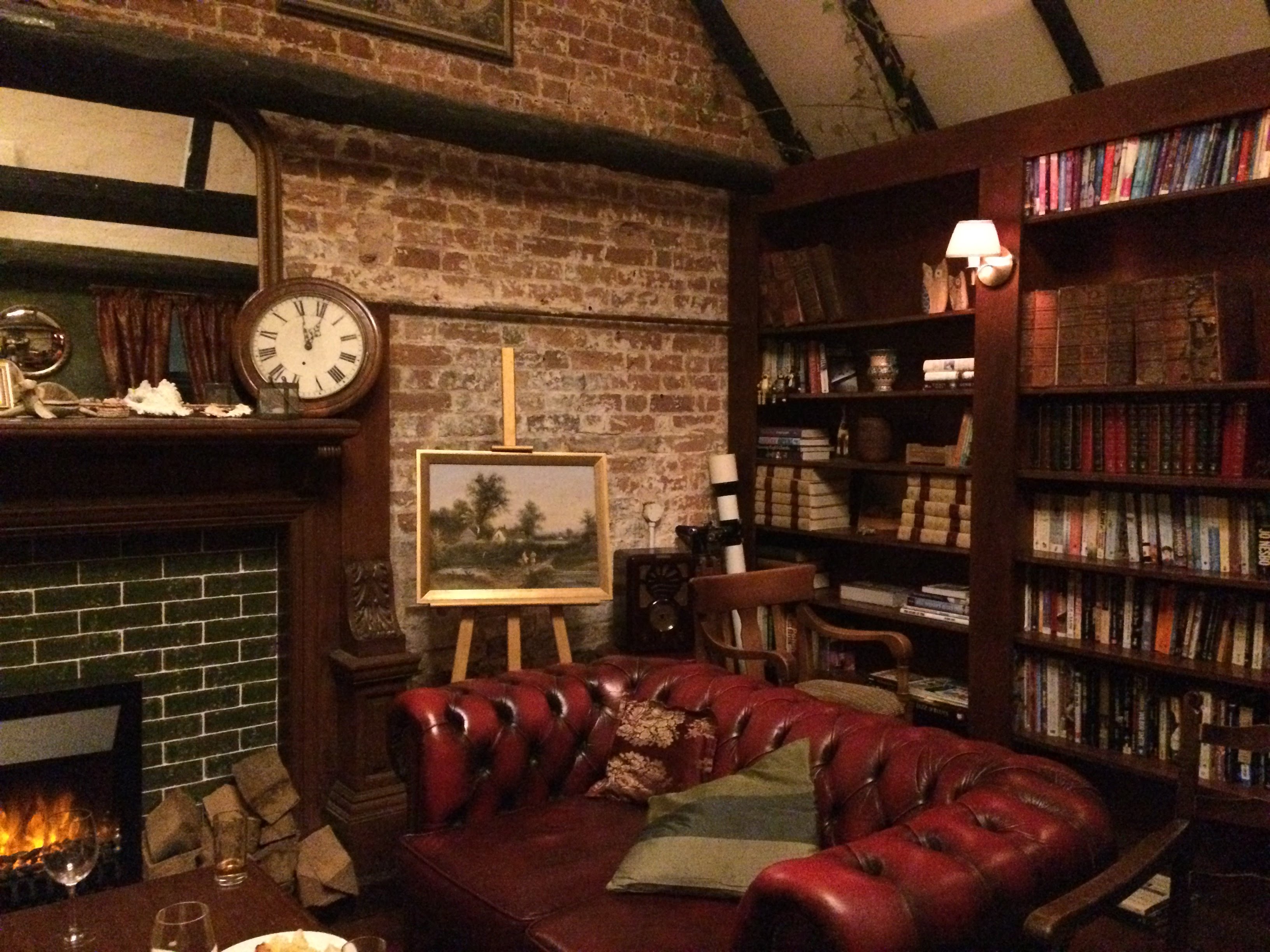‘On painted ceilings you devoutly stare,
Where sprawl the saints of Verrio or Laguerre.’
Alexander Pope
I have the privilege of living within walking distance of a beautiful 17th century mansion Fetcham Park House in Surrey, England. A Grade II listed building in the Queen Anne baroque style with Flemish bond and red brick, the ornate gardens and elegant interiors have remained largely unchanged since the 1700s. The mansion was commissioned in 1697 by Henry Vincent, who appointed architect William Talman, a pupil of Sir Christopher Wren and in the service of King William III at Hampton Court, to design the building in 1705.

 Murals by renowned French artist, Louis Laguerre, adorn the ceiling in the Shell Room and the Main Staircase, depicting Greek mythological scenes.
Murals by renowned French artist, Louis Laguerre, adorn the ceiling in the Shell Room and the Main Staircase, depicting Greek mythological scenes.

Born in Versaille’s courts to his Catalan father, Laguerre was trained under Charles Le Brun, later becoming a pupil of Antonio Verrio. He assisted Verrio with paintings at Windsor Castle and Blenheim Palace, before embarking on his own illustrious career in 1687. Aside from Fetcham Park House, Laguerre’s murals can also be seen adorning the walls of Marlborough House, Chatsworth, Petworth and Blenheim, mainly depicting English victories against King Louis XIV.
There are five wall and ceiling murals painted in oil and plaster, and seven decorative panels painted in oil on wood by Laguerre.

The gardens are another delight at Fetcham Park House, having been designed by George London. They are incredibly romantic at night, with lights illuminating the fountains like the Trevi Fountain in the film, La Dolce Vita.


For the past two years, I have attended the Carol Service adjacent to the Mansion at St Mary’s Church, another historic gem built in the medieval era and the oldest building in Fetcham parish. The Carol Service also functions as a fundraising event for charity Transform, which helps vulnerable people out of homelessness and provides them with shelter and support. There is an opportunity to give a donation and afterwards congregate in the Mansion for mince pies, canapes and mulled wine, as well as the rare experience of enjoying the opulent interiors, luxurious gold panelling and paintings on display.

Throughout it’s history, Fetcham Park House has been a multi functional building, first as a home, then a school and now offices, but hardly opens to the public. However Parallel Venues launched it as a stunning wedding venue in 2011, available for ceremonies on most weekends and public holidays.

I’ve been wanting to find a reason to write about the mansion and it’s beautiful interiors, and as destiny would have it, my sister spotted the October issue of the World of Interiors magazine by the staircase, the very edition in which my Autumn Colour painting features!



The combination of carols by candlelight, the Christmas message, charity fundraising and a 17th century setting makes the Transform Carol Service a lovely start to the festive season.
It’s definitely looking a lot like Christmas!













